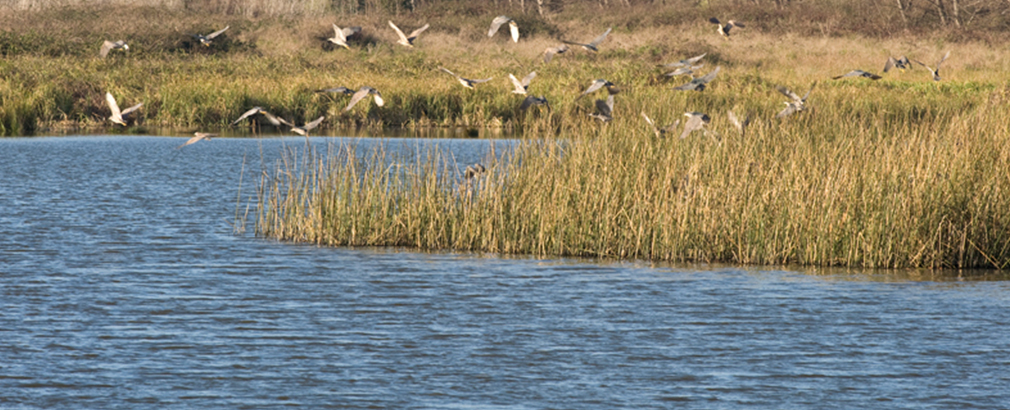Environmental management is acquiring an increasingly preponderant role at CAP, guiding its business decisions and making visible risks and the opportunities in these matters. During these last three years, as a consequence climate change, environmental issues have taken over CAP’s agenda. Thus, new business activities have emerged in various areas, such as the production of desalinized water from sea water, alternatives associated to the generation of solar power, or the production of cleaner steel thanks to more sustainable operating practices.

The company’s environmental policy defines those environmental issues on which its operations must focus. Some of these issues are:
All the businesses in which CAP operates apply a systematic approach to their environmental impacts and challenges. The company has environmental management systems installed in three of its four operations, which are certified by an external company expressly validated to that effect. CAP Acero and Procesamiento2 have been 100% certified. On the other hand, CAP Mineria3 has already certified 62% of its operations.
2Includes only Cintac, not TUPEMESA and TASA.
3CAP Minería is certified by El Romeral Mines, Guayacan Port, Planta de Pellets, Los Colorados Mine, Planta Magnetita and Punta Totoralillo Port. Cerro Negro Norte is in the process of being certified.

Chile’s institutionality and the progress made in its regulatory framework were highlighted by the OECD in its second environmental performance evaluation (EDA) that measured progress between 2005 and 2015. Among the issues best valued was the strengthening of its environmental institutions and their regulatory framework, because the country has an Environmental Ministry, an Environmental Superintendence, an Environmental Evaluation Service, Environmental Tribunals and, since more recently, a Council of Ministers for Sustainability.
Some of the issues in which the OECD still detects shortcomings relate to waste, air and water regulations. In 2016, the country continued the discussion of certain regulations, while others were indeed enacted. For example, Law N° 20.920, establishes a waste management framework, the extended liability of producers and the promotion of recycling, as well as new regulatory standards, such as the Storage of Hazardous Substances, general regulatory standards regarding the duty to report notices, contingencies and incidents through the environmental follow-up system, among others.
CAP’s senior corporate management keeps track of compliance in these matters through the Quarterly Sustainability Report. By the end of the year 2016, six potentially serious and very serious faults had been recorded, five of them under supervision and control (two in September 2013 and three in September 2015). These controls are now awaiting an official response from the Environmental Superintendence (SMA, in its Spanish acronym); therefore, there are no sanction proceedings underway at this time.
For the last three years, the Group has not had to regret any environmental impact incident. Neither has it received any sanctions and/or fines on account of environmental problems.
|
Minería |
Acero |
Procesamiento4 |
Infraestructura |
||||||||
|---|---|---|---|---|---|---|---|---|---|---|---|---|
|
2014 |
2015 |
2016 |
2014 |
2015 |
2016 |
2014 |
2015 |
2016 |
2014 |
2015 |
2016 |
Number of environmental incidents |
0 |
0 |
0 |
0 |
0 |
0 |
0 |
0 |
0 |
0 |
0 |
0 |
Number of environmental fines5 |
0 |
0 |
0 |
0 |
0 |
0 |
0 |
0 |
0 |
0 |
0 |
0 |
Amount in US$ of environmental fines |
0 |
0 |
0 |
0 |
0 |
0 |
0 |
0 |
0 |
0 |
0 |
0 |
4The processing figures only include Cintac, not TUPEMESA or TASA.
5Beginning in 2016, the indicator base was modified to only include significant fines, thereby aligning such indicator with the DJSI, which establishes that significant fines are those over US$ 10,000. Consequently, the figures shown for the years 2014 and 2015 do not match those published in the reports of the previous years.